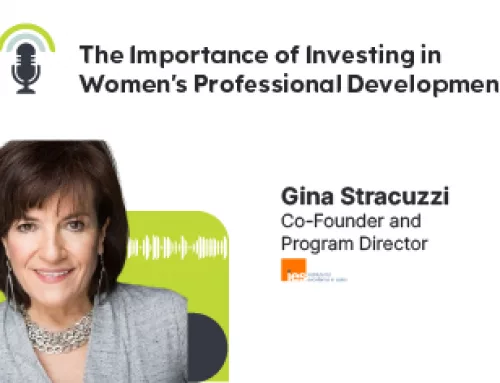By Diana Berardocco
Can including memorable, remarkable visual storytelling in your customer conversations make the difference between winning and losing a deal?
“Absolutely,” said Tim Riesterer, chief strategy and marketing officer for Corporate Visions. Riesterer (rhymes with “Easter”) supported his assertion with compelling data and practical techniques at a workshop hosted by the Institute for Excellence in Sales & Business Development (IES&BD) on February 21, 2014, in McLean, Virginia. The IES&BD brings world-class sales speakers and authors to the Mid-Atlantic Region.
“What Tim presented is more than just theory,” said Stuart Itkin, former CMO for the Corporate Executive Board and Kronos, Inc. “For example, the Motorola case study Tim presented pulled it all together and demonstrated the impact of visual story telling in practice. There was a lot demonstrated today that I could put into practice immediately.”

“Indecision and no decision are bigger enemies than any of your arch rival competitors,” Riesterer said. He continued, “Visual storytelling is the way to break through and dislodge the status quo.”
Riesterer told the IES&BD audience that the techniques used in visual storytelling are drawn from more than 20 years of brain science and research. Neuroscience tells us that the decision to change takes place in the part of the brain Riesterer called “the old brain.” Emotion and visuals appeal to the old brain. He said the power of visual storytelling is that it impacts the decision-making part of the brain and motivates action.
Bullets, stock photographs, or the Zen metaphysical images used in PowerPoint presentations won’t help the client to change, he asserted. Standing in front of a whiteboard, raising a marker in one hand and a PowerPoint clicker in the other, he asked the audience, “What makes you look more like a consultative advisor?”
Riesterer described a storytelling methodology designed to help break through the status quo based on a choreographed four-part model:
- Insight. Tell customers something they didn’t know to create concern.
- Unsafe. Create a context for urgency.
- New Safe. Show clear contrasts to create value for change.
- Proof. Validate through comparable stories.
By introducing risks, challenges, and unconsidered needs during the initial conversation with a prospect, said Riesterer, a sense of urgency is created and a new set of requirements emerge. The customer begins to rethink the status quo and the equation starts to change. Then, the contrast between what the customer is experiencing (unsafe) and where he or she needs to go (new safe) has to be visually shown in a simple, concrete way.
Riesterer shared statistics from Forrester Research that 65 percent of senior level decision-makers say they will give business to the company that establishes a buying vision. He argues that this confirms that a “why change” conversation – if you want our business you need to show us why we need to do something – will win business.
Andrew Rudin, Managing Principal of Contrary Domino Partners, found the program valuable for his B2B clients. “The idea that salespeople need to communicate ideas not only compellingly, but simply, so that prospects can easily share them makes sense,” he said. “Tim’s recommendations were different. Not the cliché Sales 101 stuff.”
As the workshop concluded, Fred Diamond, IES&BD founder, asked Riesterer for the three takeaway components of a great visual story. Riesterer said to remember the three “C’s”: Content that creates urgency; Contrast that creates action; and a Concrete, simple visual.
In a market where the competitive opportunities are fewer than the no-decision opportunities, Tim Riesterer’s message resonates.
Diana Berardocco is a strategic and marketing communications consultant who resides in Alexandria, Virginia.





